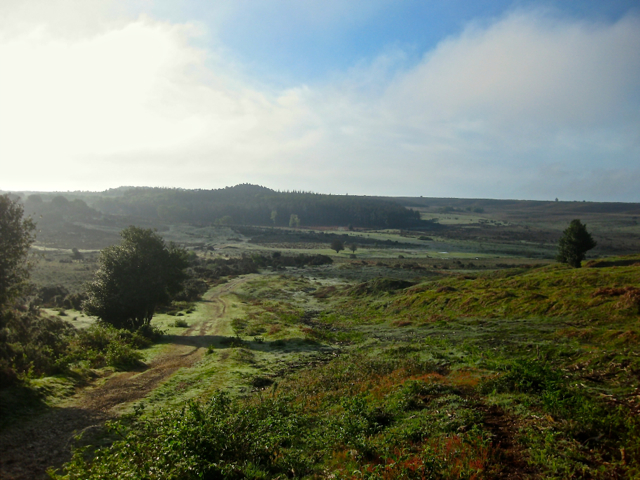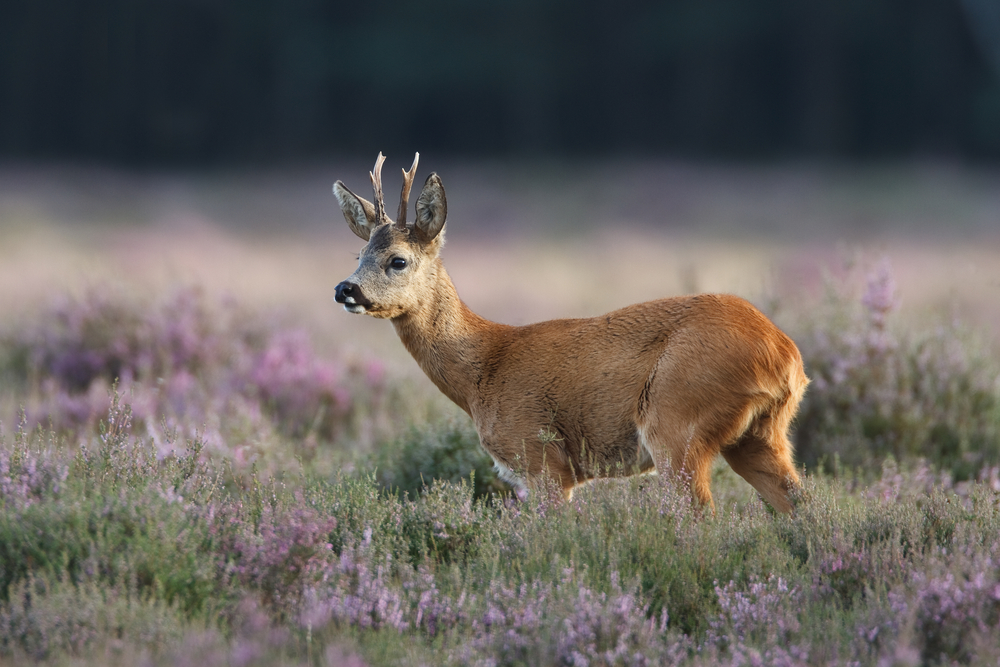For me, having access to the New Forest is such a privilege. It appeals to and rewards all of my senses. The Forest contributes enormously towards my physical, mental and emotional wellbeing. If I’m not able to visit for a day or more I start pine. I long to be there, in the company of my dogs or my horse, or with the people whose knowledge and intimacy with the Forest bring it alive for me. The more I experience, the deeper grows my attachment. The more I learn, the more I am enthralled. I started this blog to chart my progression from novice to practicing commoner and to share my passion for this ancient landscape. My aim is to help to preserve the traditional practices and rural landscape that make the Forest so special and to ensure that they are preserved for future generations.
The New Forest is more than just a National Park. It is a time capsule for nature. Colin Tubbs summed it up succinctly in his book ‘The New Forest’ (2001 ed). ‘The New Forest has evolved to be an area of international importance – and Britain’s richest ‘nature reserve’. This popular, accessible and beautiful stretch of Hampshire countryside has an appeal far beyond local interest, for it is unique on a world scale. The unparalleled diversity, extent and pattern of its habitats in the favoured climatic position, shelter an incredible variety of plant, insect and animal life. The ancient woodlands, heaths and mires are all rare and precious habitats. The pasture woodlands – with no counterpart elsewhere in Europe – are all we have to show for what Britain must have been like when vast Atlantic forests covered the land thousands of years ago. And because of the protection afforded by its royal status and common rights, and the Forest Verderers, the New Forest is a recognisable piece of medieval England that has actually survived, more-or-less intact, for some 900 years.”
The New Forest is one of the smallest National Parks in the country but situated amongst a highly populated area. There are bound to be issues and conflicts of need. I quite often find my walks on the Forest turn into ‘litter-picks’. All manner of detritus of modern-day life is left upon the ancient landscape. My most significant find, to date, is a used Chinese Lantern, which I found hanging under a gorse bush. Whoever lit it and watched it float away over the ancient landscape was lucky not to have started a wildfire. The consequences don’t even bear thinking about. I expect the people who bought it, built it and lit it are really nice people. Deep down. But in that moment they only cared for their own needs.
Yes, the New Forest is a National Park but this does not mean that it is like the park at the end of your street or in the city. Rights to roam and freedom of access were never meant to equate to ‘trample where you please’ and ‘I can do what I like for my own enjoyment’. Of course people should be able to visit the Forest and feel the same benefits to their well being that I feel when I am there. But people need to think of the New Forest more as a ‘nature reserve’ rather than a ‘play park’ and behave accordingly. This way people will be motivated to protect the integrity of the New Forest as the irreplaceable resource for wildlife habitats that it is.




You must be logged in to post a comment.